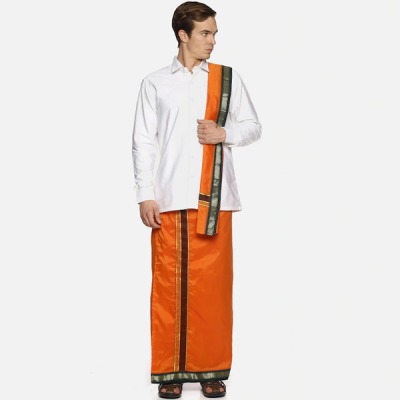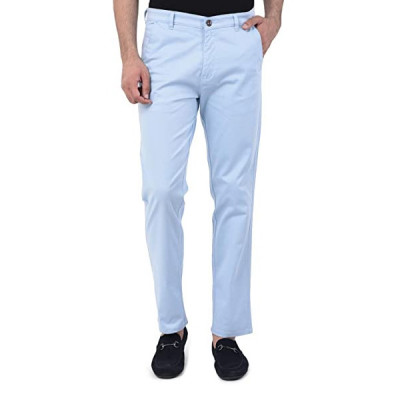Fashion
Fashion with Faults; The negative aspects of Fashion to the environment

Fashion, a vibrant and ever-evolving industry, plays a significant role in our lives. However, the materials used in the production of clothing and accessories often come at a heavy cost to the environment. In this blog, we will delve into the harmful effects of certain materials used in fashion and their implications for our planet.
Polyester and Synthetic Fabrics
Polyester, a popular synthetic fabric, is derived from petroleum and has become ubiquitous in the fashion industry. Unfortunately, its production emits harmful greenhouse gasses and consumes vast amounts of water and energy. Moreover, when washed, polyester releases microplastics into waterways, posing a threat to marine life and human health. Similarly, other synthetic fabrics like nylon and acrylic have detrimental environmental impacts due to their reliance on non-renewable resources and slow biodegradability.
Conventional Cotton
Cotton, known as the "fabric of our lives," accounts for a substantial portion of global textile production. However, the cultivation of conventional cotton involves intensive pesticide and insecticide use, causing soil degradation and water pollution. Additionally, cotton farming requires significant amounts of water, exacerbating the strain on already depleted water resources. The environmental impact of conventional cotton production emphasizes the need for more sustainable alternatives like organic cotton and other eco-friendly fibers.
Leather and Animal-derived Materials
Leather, derived from animal hides, has long been a staple in the fashion industry. However, its production contributes to deforestation, as it relies on vast areas of land for livestock grazing and feed production. Additionally, the leather tanning process involves the use of toxic chemicals, such as chromium, which pollute water bodies and harm ecosystems. Similarly, other animal-derived materials like fur, exotic skins, and feathers contribute to animal cruelty and biodiversity loss.
Chemical Dyes and Textile Treatments
The vibrant hues and patterns in our clothing often come at the expense of environmental health. Chemical dyes used in textile production release hazardous substances into water sources, leading to water contamination and ecosystem disruption. Moreover, textile treatments such as stain-resistant and wrinkle-free finishes often contain perfluorinated compounds (PFCs) that are persistent and harmful to human health. The widespread use of these chemical treatments adds to the pollution burden on our planet.
Fast Fashion and Overconsumption
The rise of fast fashion has fueled a culture of excessive consumption and disposability. Low-quality garments are often made from synthetic materials and produced under exploitative labor conditions. The rapid turnover of fashion trends leads to significant waste generation and overburdens landfills. The linear model of "take-make-dispose" perpetuated by fast fashion disregards the finite resources of our planet and contributes to the environmental crisis.
As consumers, it is crucial for us to be aware of the harmful materials used in the fashion industry and their detrimental effects on the environment. By opting for sustainable and eco-friendly alternatives, supporting ethical brands, and embracing a circular fashion economy, we can reduce our ecological footprint and promote a more responsible and compassionate fashion industry. Together, we have the power to drive positive change and protect our planet for future generations.







